|
By Anna Hazard
View the Rest of the Series
Part 1 : Urinary Tract & Lung Infections
Introduction
Two other types of infections common within the elderly are respiratory infections (comprising the mouth. nasal cavity, pharyx/larynx/trachea, bronchi and lungs) and gastrointestinal infections (comprising the GI tract - mouth, pharynx, esophagus, stomach, intestines, rectum, and anus - as well as the liver, pancreas, and gallbladder) both of which tend to flare up often and spread quickly through institutionalized group settings where seniors can often be found such as nursing homes, rehab centers, and hospitals.
Bacterial or viral infections are the most widespread, but seniors comprise a disproportionate amount of patients suffering from fungus based infections within the skin & lungs due to their overall weaker immunities and tendency towards activities that expose themselves to fungal spores. Infections
Further Information
Oxford Academic [1, 2, 3, 4] | American Family Physician | Semantic Scholar | BMJ | National Foundation for Infectious Diseases | National Center for Biotechnology Information [1, 2, 3] | Medscape | Alliance for the Prudent Use of Antibiotics | Norovirus.org
2 Comments
8/25/2021 09:58:09 pm
Thank for sharing this very useful and helpful article. I also wanna share about the experience from Genuine Haarlem Oil products very effective for respiratory problem as your partner everyday. They offer good quality products and services for human and animals.
Reply
Leave a Reply. |
AboutNews updates, tips, and guides on senior care, senior health, stress relief and a host of other caregiving related topics from the professionals at Ella Stewart Care. |

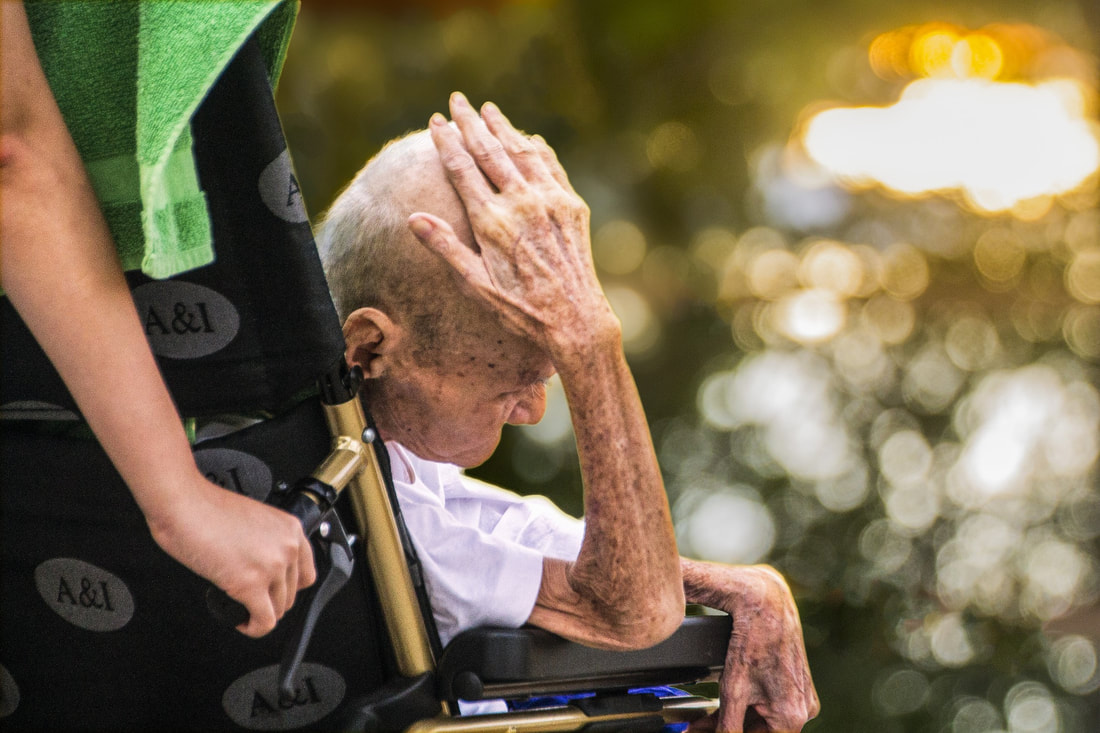
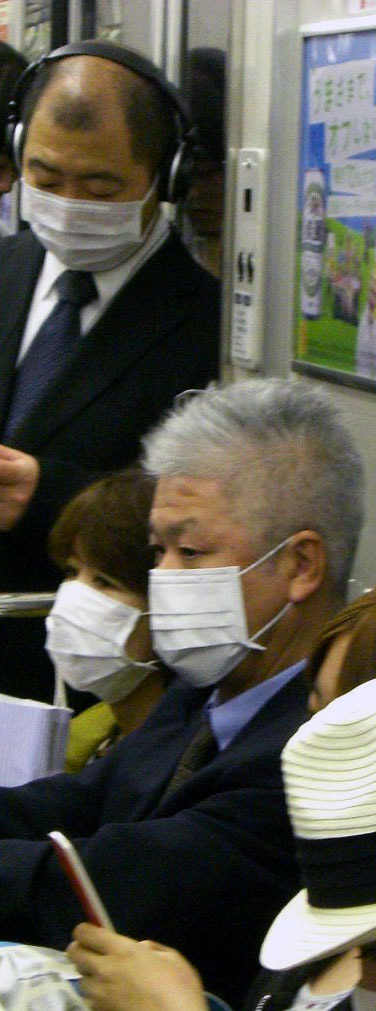
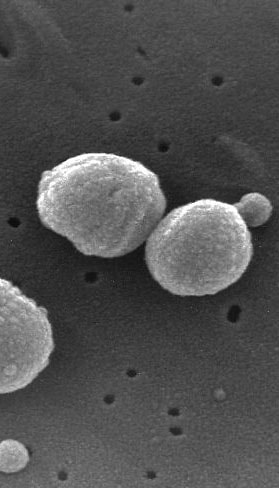

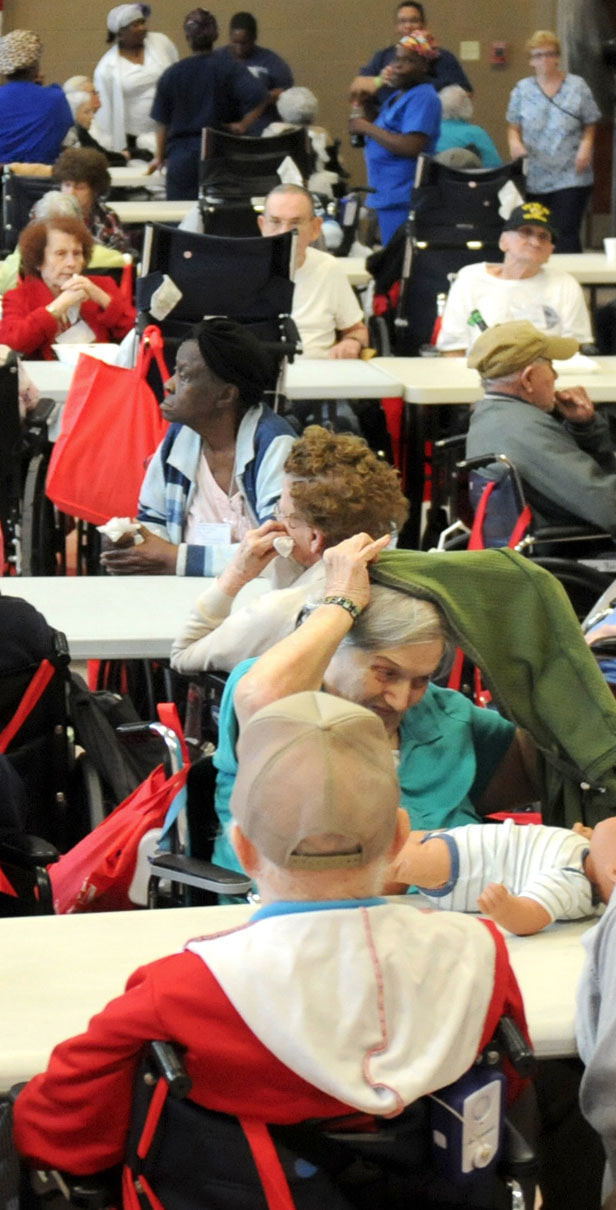

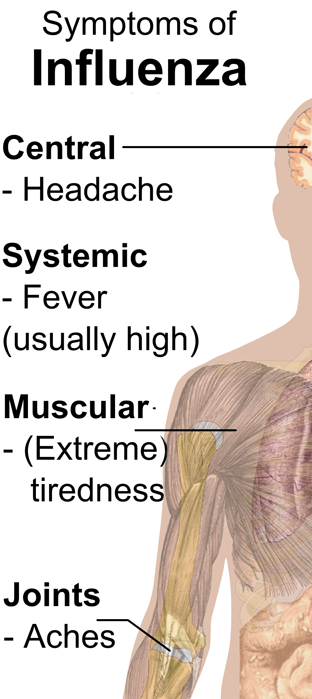

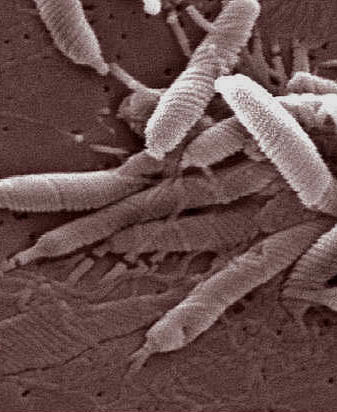
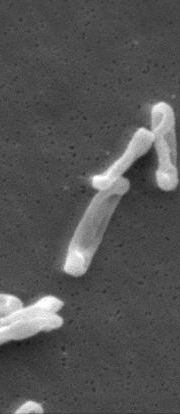
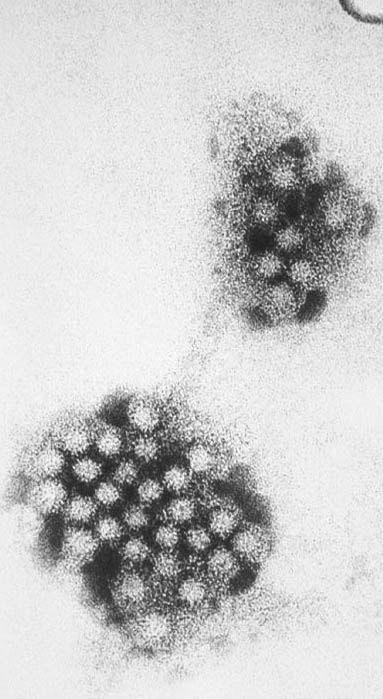
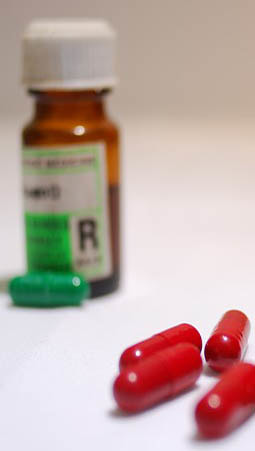



 RSS Feed
RSS Feed
